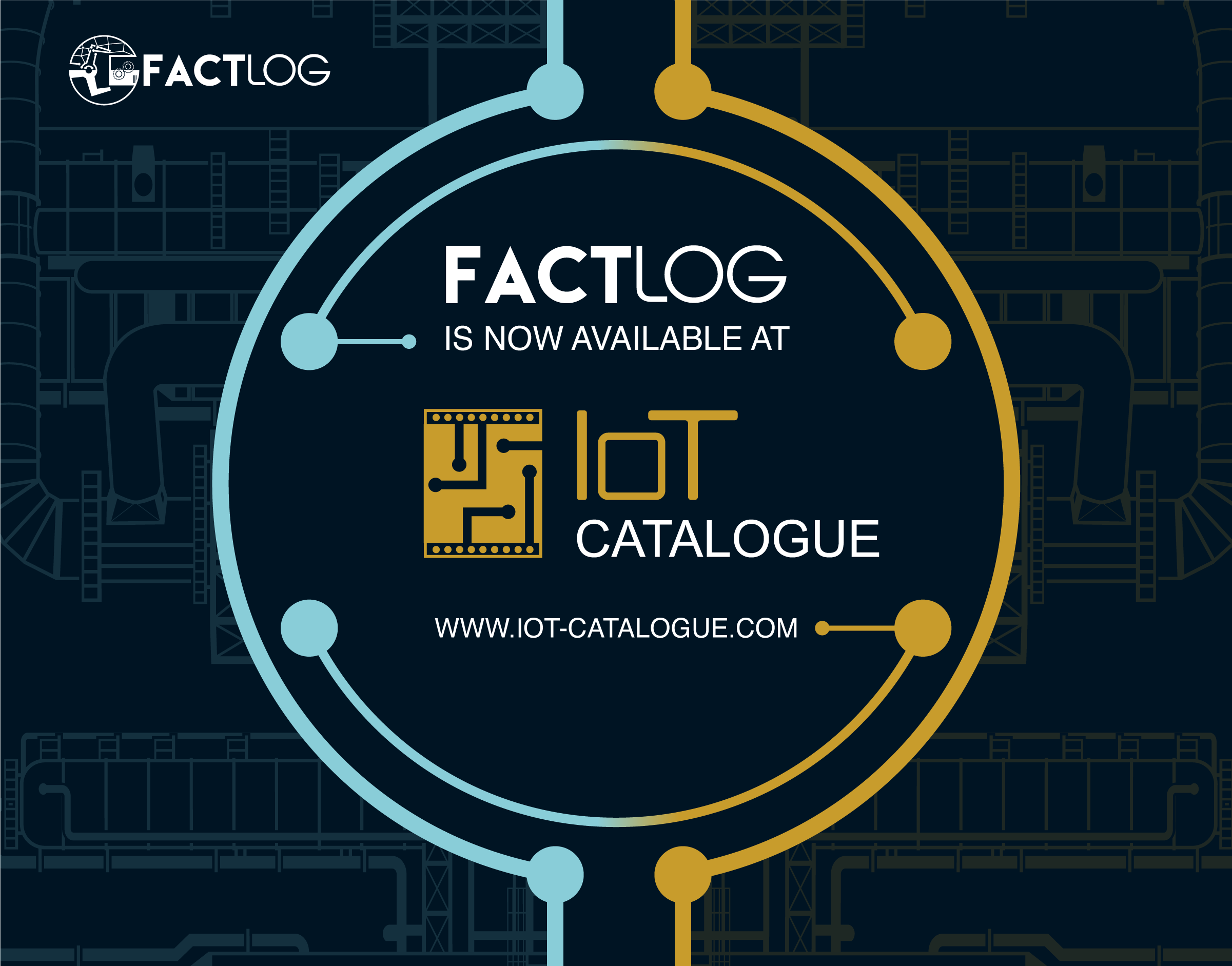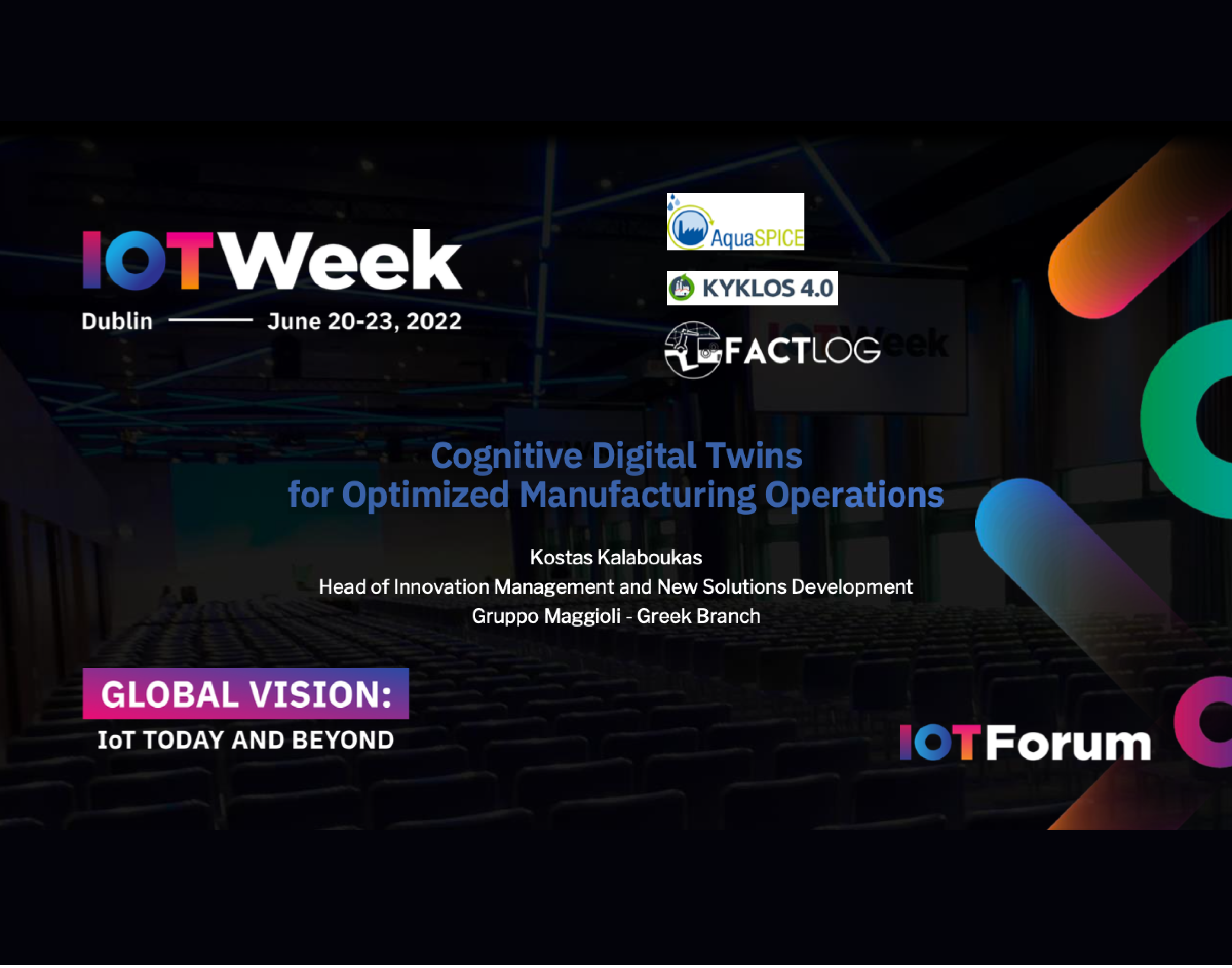Newsletter #3 : Meet our pilots - Piacenza
Fashion textile sustainable optimisation
Piacenza is a manufacturer of fine woollen fabrics, supplier of fabrics to world-leading fashion brand manufacturers (Louis Vuitton Kering Group, Gucci, Prada, Dior and Hermès, among others) that compete on design proposal, customisation and quality of products, having left the cost competition arena. The organisation of manufacturing reflects the peculiarities of typical EU textile SMEs. In its machine fleet, especially in those parts of the process which have a direct impact on quality, like finishing or weaving, machines coexist with ICT infrastructure tracing back to 10 years or more. However, in order to address the continuous pressure towards deep customization of fabrics and the fast reduction of lot dimension, Piacenza has dedicated significant efforts in the renewal of its ICT infrastructures in order to collect and exploit the produced data and to optimize its complex and inhomogeneous production. During the production process, a continuous flow of information comes from the machines and, in case of unexpected events, necessary action suggestions are provided based on previous cases. Data collected by the Production Unit Controller are also shared with the MES, ERP and production scheduler and with the factory coordinator, at company level. In most parts of Piacenza’s production facilities, the existing infrastructure is suitable for obtaining data to enable the FACTLOG approach; nevertheless, in specific process steps where older equipment is used, the introduction of additional low-cost sensors may be required for process and product data. The use of cognition to resolve ‘unknown unknowns’, as proposed by the ECT concept, is highly relevant to the textile production needs. In weaving, for example, given that all other parameters are constant, an increase in energy use reveals a wearing of components which can lead to an expected stop of production, this being a continuous process. In finishing, where the process is typically “one shot” and the characteristics of the fabric change per each design, this direct data interpretation is not possible; the behaviour of the production elements and their complex relations must be revealed in order to capture the realities of this process.





